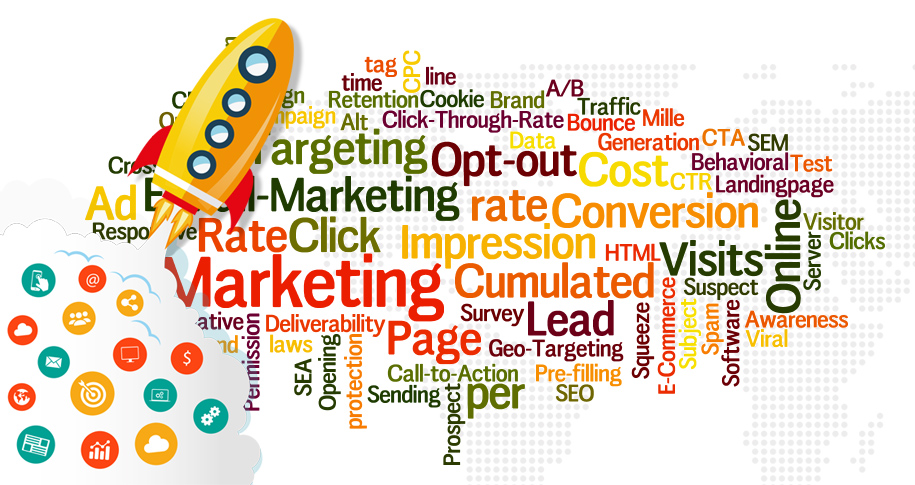What Is Direct MailWhat Is Direct Mail?
Direct mail refe... More?
Direct mailWhat Is Direct Mail?
Direct mail refe... More refers to physical marketing materials such as brochures, catalogs, postcards, letters, and flyers that are sent to a targeted list of recipients. Unlike digital marketingWhat Is Digital Marketing?
Digital ma... More, direct mailWhat Is Direct Mail?
Direct mail refe... More involves a tangible piece of communication that reaches a potential customer through traditional postal services. It is often used for advertisingDefinition
Brand awareness is the ext... More, promotions, or invitations to events, with the goal of prompting a direct response or action from the recipient.
Why Is Direct MailWhat Is Direct Mail?
Direct mail refe... More Important?
- Tangible and Personal
Direct mailWhat Is Direct Mail?
Direct mail refe... More offers a personal touch that digital marketingWhat Is Digital Marketing?
Digital ma... More often lacks. A well-designed brochure or personalized letter can stand out more and leave a lasting impression on the recipient. - Highly Targeted
Direct mailWhat Is Direct Mail?
Direct mail refe... More can be highly targeted to specific geographic regions, demographicsWhat Are Demographics?
Demographics r... More, or customer interests, making it a powerful tool for reaching the right audience with the right message. - Increases Brand AwarenessDefinition
Brand awareness is the ext... More
Direct mailWhat Is Direct Mail?
Direct mail refe... More is an effective way to increase brand recognition. Consistent mailings keep your brand in front of customers and build familiarity over time. - Provides Measurable Results
Modern direct mailWhat Is Direct Mail?
Direct mail refe... More campaigns often include QR codes, custom URLs, or unique phone numbers that make it easy to track the success of the campaign and understand its ROI. - Better Response Rates
Although digital marketingWhat Is Digital Marketing?
Digital ma... More is more common, direct mailWhat Is Direct Mail?
Direct mail refe... More typically experiences higher response rates compared to email campaigns. People tend to pay more attention to physical mail because it feels more substantial.
How to Run an Effective Direct MailWhat Is Direct Mail?
Direct mail refe... More Campaign
- Segment Your Audience
Start by targeting the right audience. Use customer data and demographicsWhat Are Demographics?
Demographics r... More to identify the individuals who are most likely to respond to your message. - Craft a Compelling Message
Your direct mailWhat Is Direct Mail?
Direct mail refe... More piece should have a clear and compelling message that appeals to your audience. PersonalizationWhat Is Personalization in Marketing?... More, discounts, or limited-time offers can increase the chances of a positive response. - Include a Strong Call to Action (CTA)Definition
A Call to Action (CTA) is ... More
Make sure that each direct mailWhat Is Direct Mail?
Direct mail refe... More piece includes a clear CTA, such as visiting a website, making a purchase, or calling a phone number. The CTA should be easy to understand and act upon. - Design for Impact
Your direct mailWhat Is Direct Mail?
Direct mail refe... More design should be eye-catching and professional. Use high-quality images and clear, concise copy to grab the reader’s attention. - Track and Measure Results
Use tracking methods like unique codes, personalized URLs, or response cards to measure the effectiveness of your campaign. Tracking allows you to analyze your campaign’s performance and make necessary adjustments.
Challenges of Direct MailWhat Is Direct Mail?
Direct mail refe... More
- High Costs
Direct mailWhat Is Direct Mail?
Direct mail refe... More can be expensive, especially when considering printing, materials, and postage. It’s important to carefully plan your budget and ensure the campaign delivers a return on investment. - Response Rates Can Be Low
Despite high response rates compared to other channels, direct mailWhat Is Direct Mail?
Direct mail refe... More may still have lower engagement than digital campaigns. It’s essential to target the right audience to achieve better results. - Time-Consuming
Direct mailWhat Is Direct Mail?
Direct mail refe... More campaigns take time to produce and send. Unlike digital campaigns that can be launched quickly, direct mailWhat Is Direct Mail?
Direct mail refe... More requires more preparation and logistics.
Conclusion
Direct mailWhat Is Direct Mail?
Direct mail refe... More remains a valuable marketing tool for businesses seeking to create a personal connection with customers and drive higher response rates. While it comes with challenges such as higher costs and longer timelines, when executed correctly, direct mailWhat Is Direct Mail?
Direct mail refe... More can lead to meaningful customer engagement and strong ROI. By targeting the right audience and crafting compelling messages, businesses can make direct mailWhat Is Direct Mail?
Direct mail refe... More a highly effective part of their marketing strategy.
